We all remember waking up on Saturday mornings, going to our televisions, and watching our favourite cartoons on Fox Kids or NBC. The world of cartoons was a happy place, yet it was also a lucrative one for the animation industry’s corporate behemoths.
Many directors were also able to expand the universe of their films at a considerably lower cost than a live-action programme or an anthology of films. They could also show exotic places and highly amazing technology or gadgets in animated shows, which was not always achievable in other mediums due to limitations imposed by a lack of cinematic equipment or appropriate financing.
Animated shows were, unsurprisingly, popular among spectators, directors, producers, and, yes, a few parents. The majority of Saturday morning cartoons in the 1980s and 1990s included moral teachings for kids.
I mean, even at this age, if Batman or Ironman came up to me and asked me to do something, I’d be more likely to follow their directions than if my older brother asked me to do the same thing.
Children’s psychology is often comparable to adults’. We’ll take you down memory lane and reminisce about 12 iconic cartoons that you may or may not remember in this video.
Just as a side note, there have been a slew of fantastic animated shows based on live-action films, but not all of them made our list. We selected to include a few series that have been lost in time but need to be found and viewed, in addition to numerous classics. As a result, films like Jumanji, Men In Black, and The Mask are unlikely to be found here.
Conan: The Adventurer (1992–1993)
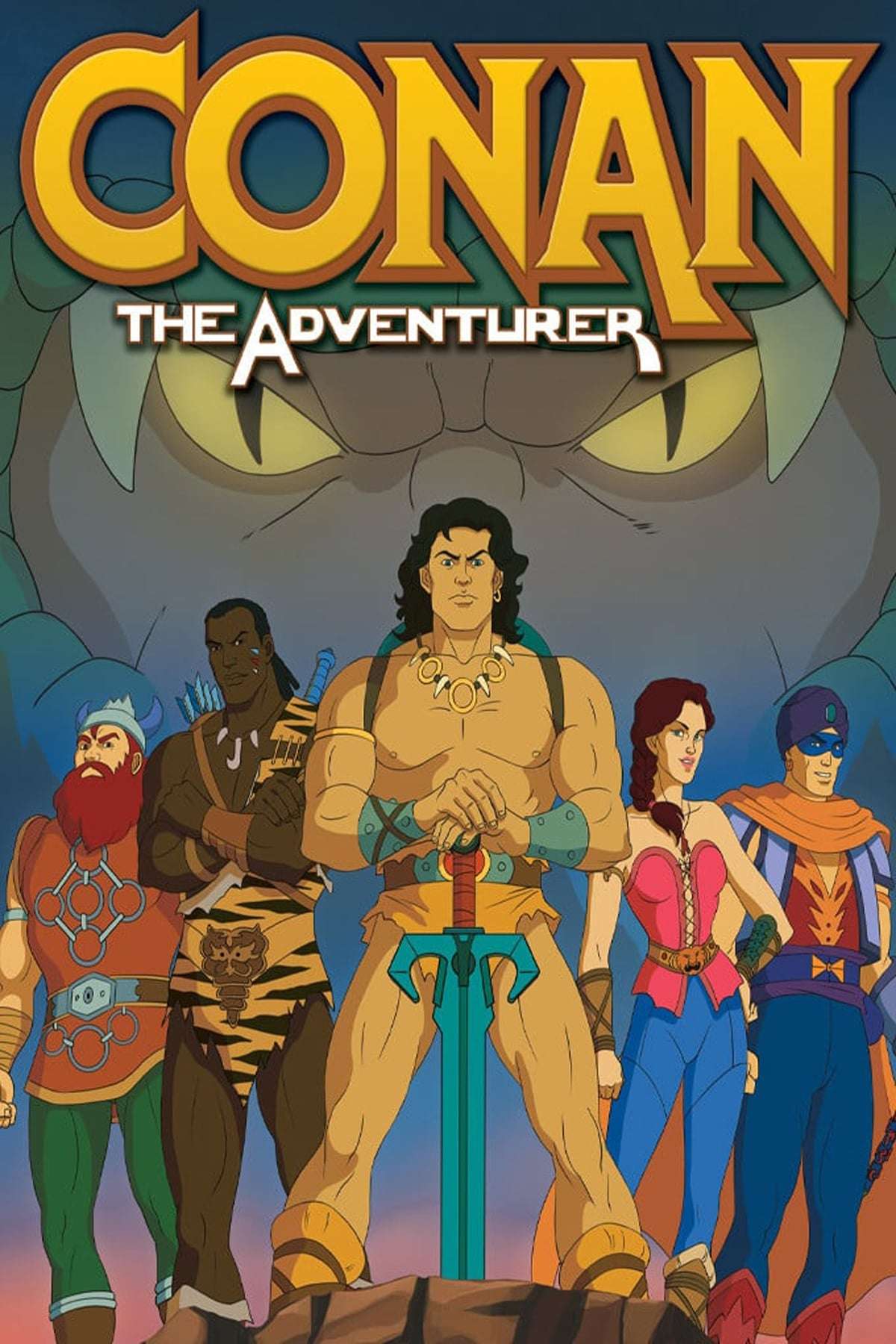
Conan, as a child, lived peacefully in Cimmeria with his family. Conan was fascinated when he watched a meteor strike the Earth one day and carried a piece of the meteor to his father, a blacksmith.
Conan’s father retrieved the meteor’s core, which he dubbed Star Metal. He created numerous tools and weapons out of this strange metal that would not corrode, bend, or break. The sword he made especially for Conan, though, was his most astounding masterpiece.
He hid the sword beneath a big granite slab, telling Conan that he could have it when he was older and stronger. Everything was about to change, though, as the wicked Serpent Man appeared. and wizardWrath-Amon found out about Star Metal and its powers, including the ability to open portals between different dimensions. Wrath-Amon needed the metal to open a portal and go to the dimension called The Abyss.
It was the place where the wizards of Earth banished his demonic god Set for trying to enslave humans. The humanoid snake found his way to Conan’s family and asked his father to hand over the Star Metal, but when Conan’s father gave him an undesired response, Wrath Amon used his magic to turn Conan’s entire family into living stones.
Conan had ventured out to retrieve his sword so that he could stop the serpentine wizard, and upon his return, he swore to his god, Crom, that he would make Wrath Amon pay for his misdeeds and bring his family back to normalcy.
And that was the beginning of Conan’s adventures, his quest for justice, and his struggle to save his family. Conan would search all of Hyboria and often come face-to-face with shapeshifting Serpent Men and other henchmen of Wrath Amon. But with the Star Metal sword by his side, Conan was not an easy target for the bad guys.
The animated series is based on the 1982 film Conan The Barbarian, which was itself based on the Robert E. Howard character Conan. With all the swords and sorcery, the cartoon series became a popular among children, but it didn’t appeal to an older audience.
Conan represented barbarianism; he would slash someone without hesitation and would pursue his goals at all costs, even if the means were unethical. However, because the cartoons couldn’t portray the character’s ruthlessness and cunning, they toned things down and turned him into an all-good hero.
For instance, there’s a scene where Conan the Adventurer refuses to steal, well… because it is bad. Likewise, in the film, the Snake Cult massacres Conan’s village, but in the cartoon,Wrath Amon just turns Conan’s family to stone. In addition, the cartoon series and the 1984 live-action film Conan The Destroyer had a character named Zula.
In the film, Zula was a female warrior bandit played by Grace Jones, while the animated series portrayed Zula as a black prince with the same build as Conan, the character being voiced by Scott McNeil. Despite these differences, Conan The Adventurer remains an absolute favorite for many of us.
Rambo: Force of Freedom (1986)
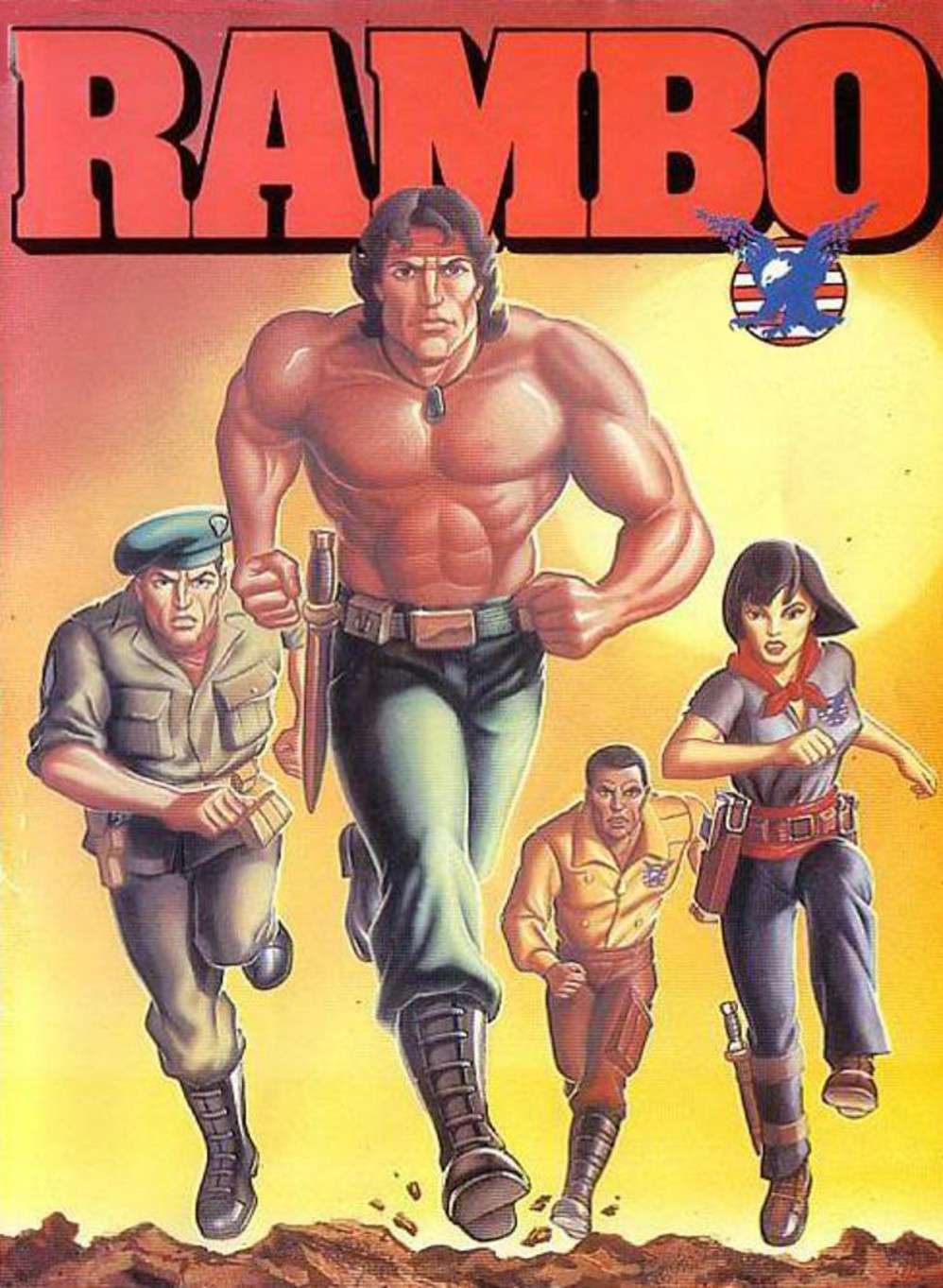
Rambo was a part of a special forces unit called Force of Freedom, and he came into regular conflict with an evil organization named SpecialistAdministrators of Vengeance, Anarchy, and Global Extortion, or SAVAGE.
The show included both actual and imaginary countries and locations. For example, in the first five episodes, the most of the action takes place in or near Tierra Libre’s nation. SAVAGE’s leader, General Warhawk, wants to take control of the country by any means necessary.
First, Warhawk attempts to grab control by stealing the Spectre warplane, but Rambo is able to stop him. When he visits the United Nations, he intends to kidnap the President’s daughter. To accomplish this, Warhawk dispatches Mad Dog, the head of a motorcycle gang.
In his attempt to seize the country, Warhawk also deploys the battleship Yamato, but once again, Rambo saves the day. After the fifth episode, Rambo and his adventures went global. For instance, General Warhawk and Sergeant Havoc abducted a young monk in Tibet, who is to be the next Dalai Lama.
Since Warhawk was already in Tibet, he comes to the Indian state of Assam and teams up with a local leader named Rama. When the action in the oriental parts of the world kicks off, Rambo finds himself battling Warhawk in places like Munich and Sydney, and around the world.A few episodes contained fictional stories, but historical and contemporary events influenced the others.
Rambo was one of many films in the 1980s that had a tie-in cartoon series, but it was the most shocking. From giant bumbling evil villains and a fierce American hero to explosions galore and interesting weapons like the AC-130 Spectre gunship, the OV-10 Bronco, the Avro HS-748, and a Mig 21, this animation had it all.
Rambo was a figure that suffered from post-traumatic stress disorder as a result of his experiences in the horrific Vietnam War, and making him suitable for youngsters was a tremendous issue.
The first live-action Rambo film showed that he didn’t deliberately kill anyone, rather using his murderous abilities as a last resort, and the cartoon series followed suit,even going a step furtherand not letting the army veteran kill anyone at all.
Strangely, there’s also no mention of the Vietnam War in the animated series. Well, it’s only natural that parents would have been displeased with the creators if children were shown the horrors of war, but the showrunners did address some contemporary issues in a covert way.
For instance, the West African country of Sierra Leone was plagued with civil wars during the 80s, and the name bears a stark resemblance to Tierra Libre. In the 16th episode, General Warhawk wishes to start an international terrorist training camp in a place called Bagdinia. Does this ring a bell? Anyone?
Robocop: The Animated Series (1988)
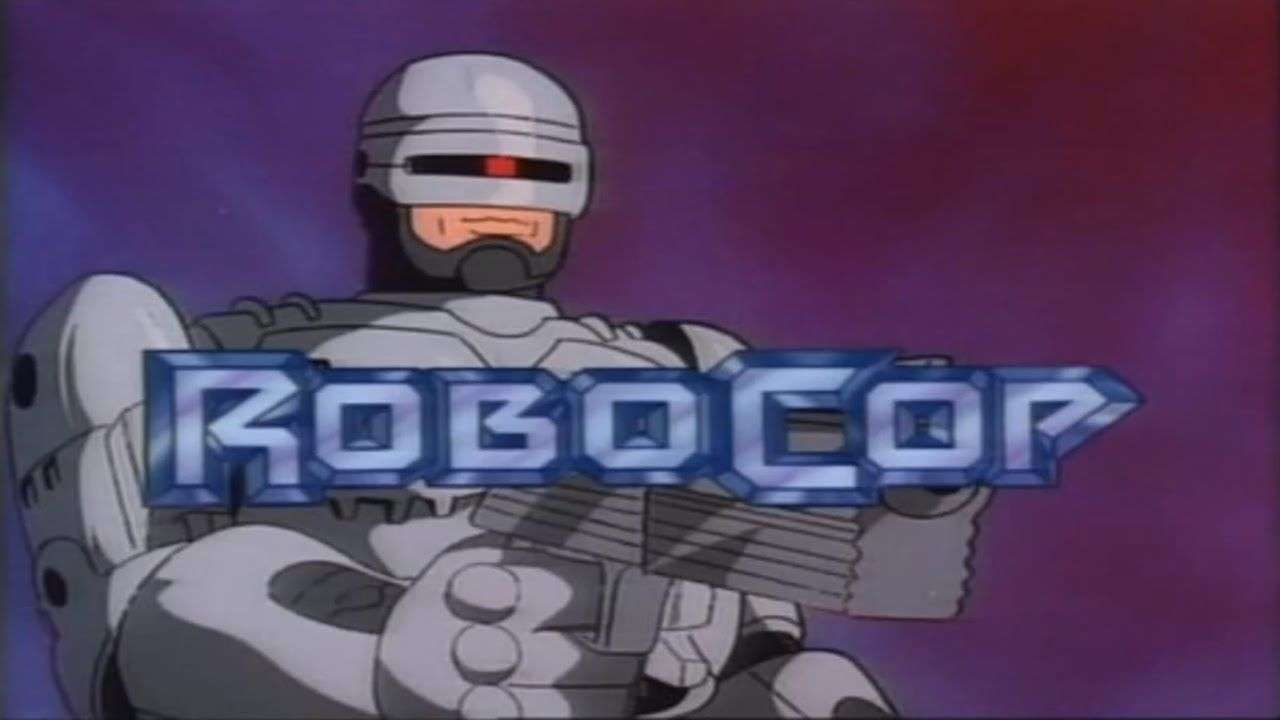
Robocop is a 1987 film set in a future Detroit where crime has infiltrated the city like air. To privatise the Detroit Police Department, the local government executes a contract with the company Omni Consumer Products.
Omni Consumer Products, on the other hand, has a diabolical scheme and has dispatched Officer Alex Murphy. into an armed confrontation with crime-lord Boddicker and his gang. OCP does this in the hopes of injuring Murphy fatally so that his body can be used to test a cyborg battle-machine prototype known as RoboCop! Robocop is born as a result of their strategy.
Murphy finally finds his parent corporation’s nefarious intentions, as they plot to terrorise an innocent people, and he vows to rebel against his creators. We saw the weapon ED 209 in the live-action film; the cartoon series contains an updated version of ED 209 dubbed the ED 260.
Dr. McNamara created the ED 260, as well as various other technological monsters, in the hopes of obtaining funding from OCP and eliminating Robocop. During the show, Robocop experiences various troubles from people like Dr. McNamara and criminal gangs like The Brotherhood, who seek to eliminate all droids and robots.
The pilot episode begins with Dr. McNamara hiring an insane criminal gang called the Vandals, who he instructs to spread mass violence and crime across the city. These circumstances would have allowed him to deploy his ED 260 into the streets, but the ED 260 was a highly unreliable piece of equipment. Naturally, Robocop was to save the day and begin his career in the animated world.
Robocop, directed by Paul Verhoeven and released in 1987, was more than a science fiction film. It dealt with topics that are all too familiar, such as corruption, crime, greed, and privatisation.
The satireon society is exemplified in the inversion of morality: we empathise with the machine’s humanitarian side, while humans have turned wicked. The screenplay had dark humour, such as when Robocop shoots the rapist in the crotch through the girl’s skirt during the rape prevention sequence.
In the science fiction genre, the film was ahead of its time, and it went on to become a cinematic epic in its own right. So, why isn’t it deserving of its own animated series? Robocop was both a cop and a robot, therefore he was inevitably sui generis.
However, unlike shows like Conan: The Adventurer and Rambo Force of Freedom, Robocop didn’t shy away from dealing with complex topics and themes. For starters, the good guys were working for a predominantly evil organization. So, even if the means were good, the ends were dark and corrupted.
The fourth episode, titled The Brotherhood, was a satire on racism, with the bad guys seekingeradication of the race of technology that was fast emerging. Similarly, the tenth episode, titledA Robot’s Revenge, deals with terrorism and the Middle East peace process.
In this episode, Robocop is tasked with protecting Middle Eastern leaders Prince Zoras &Ilmar, who are to sign a peace treaty but are under mortal threat of a terrorist attack.
Despite these heavy themes, kids loved the show back then, and we still love it now. The series was faster and more powerful than the film, and Detroit was technologically more advanced and filled with robots and droids.
The Real Ghostbusters (1986–1991)

This show serves as a direct sequel to the 1984 film and follows the adventures of the four Ghostbusters,their accountant Louis, their secretary Janine, and their mascot Slimer. The pilot episode is basically a flashback that links the show to the film. Peter begins to tell the story to a television reporter named Cynthia Crawford.
The episode revealed that they had to change into new uniforms because after taking out Gozer, their uniforms became contaminated with frightening amounts of psychokinetic energy. Slimer also stayed with the team because he was useful for research and was highly pleasant.
He eventually became their pet and companion, but Peter loathed him because of his slime. Slimer’s bravery was appreciated by Peter toward the end of the episode, since he was able to fight the ghostbusters’ spectral or ghostly forms. Take Two is an episode that discusses the differences between the film and the cartoon series.
The film was based on the events of the animated series, according to the episode. With countless inside jokes about the film, the episode is a giggle riot.
For many of us, The Real Ghostbusters was one of the first shows that earned respect and the honor of regular viewing. It was funny, adventurous, scary and at times moving. It successfully preserved the spirit of the 1984 film and the actors who voiced Peter, Ray, Egon and Winston were well aware of what they were doing and how they had to keep alive the spirits of their live-action counterparts.
But any discussion about the Ghostbusters characters is incomplete without talking about Slimer. In the movie, he was called Onionhead, but the show dubbed him SlimerThe first season of the sitcom was without a doubt its best in terms of plot, character development, and humour.
However, the show was not without flaws. The creators sought to make the second season more kid-friendly, despite the fact that the first season did well and appealed to both kids and adults.
They wanted younger Ghostbusters because children enjoy watching other children on television. Slimer was also developed to be more talkative and intellectual. While the first season of the animated show didn’t assign roles to the characters, the second season did, and Winston became the driver, Peter became the talker, Ray became the muscleman, and Egon became the brain.
In a strange move, Janine’s glasses were made circular because kids were supposedly afraid of pointy and sharp things. Having said that, the show was most certainly appealing and entertaining, or else it wouldn’t have run for an incredible five years, racking up 173 episodes.
Teen Wolf (1986–1988)
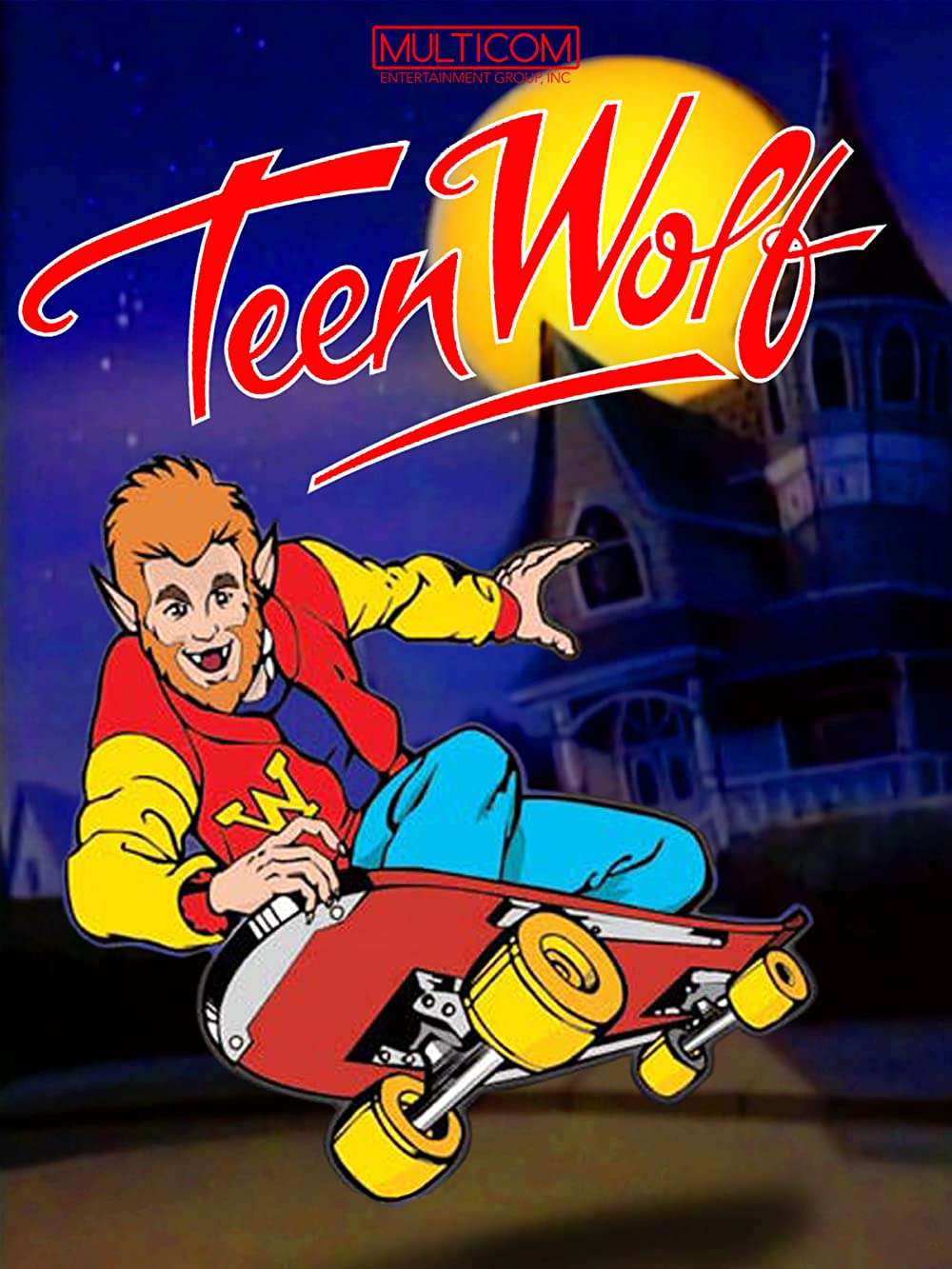
Scott Howard, a young teenager with the ability to shift into a werewolf, was featured in the 1985 live-action picture. Scott discovered the curse when he was practically an adult, as it ran in his family.
He grew up in the small Nebraska town of Beacontown and became an overnight sensation in his hometown and school after winning a basketball game by transforming into a wolf.
The animated show, on the other hand, brought a few adjustments. Scott resided in a place called Wolverton with his grandparents and a younger sister, despite the fact that he was an only child in the film. Furthermore, while his identity as a werewolf is revealed in the film, the pilot episode of the animated show focused on how he was discovered.
The show introduced new characters like Grandpa Howard, who was a constant sourceof embarrassment for Scott, as he almost never ditched the werewolf form, and was always chasing cats and getting in trouble with neighbors.
Grandma Howard was also all for appearing in her werewolf form, but she was an ally to Scott when it came to hiding her husband’s secret. She was also a bit of a fortune teller and a witch, and she could brew potions. The most interesting new character was Lupe Howard, Scott’s younger sister. She was too young to become a werewolf, but she was always hell-bent on becoming one.
Despite the fact that the show was created for a younger audience than the film, the writers were bold enough to depict toned-down versions of issues such as handicap, prejudice, and even civil rights. Scott would get a strange feeling just before transforming, which was nothing more than a representation of asthma and seizures.
Aside from these elements, the show’s original themes of coming of age were kept. Werewolves were normally reserved for older audiences and live-action films, thus the show was a hit with the kids. The show was unique to youngsters, and parents adored it because it taught their children values such as honesty and respect for others.
Police Academy: The Animated Series (1988–1989)
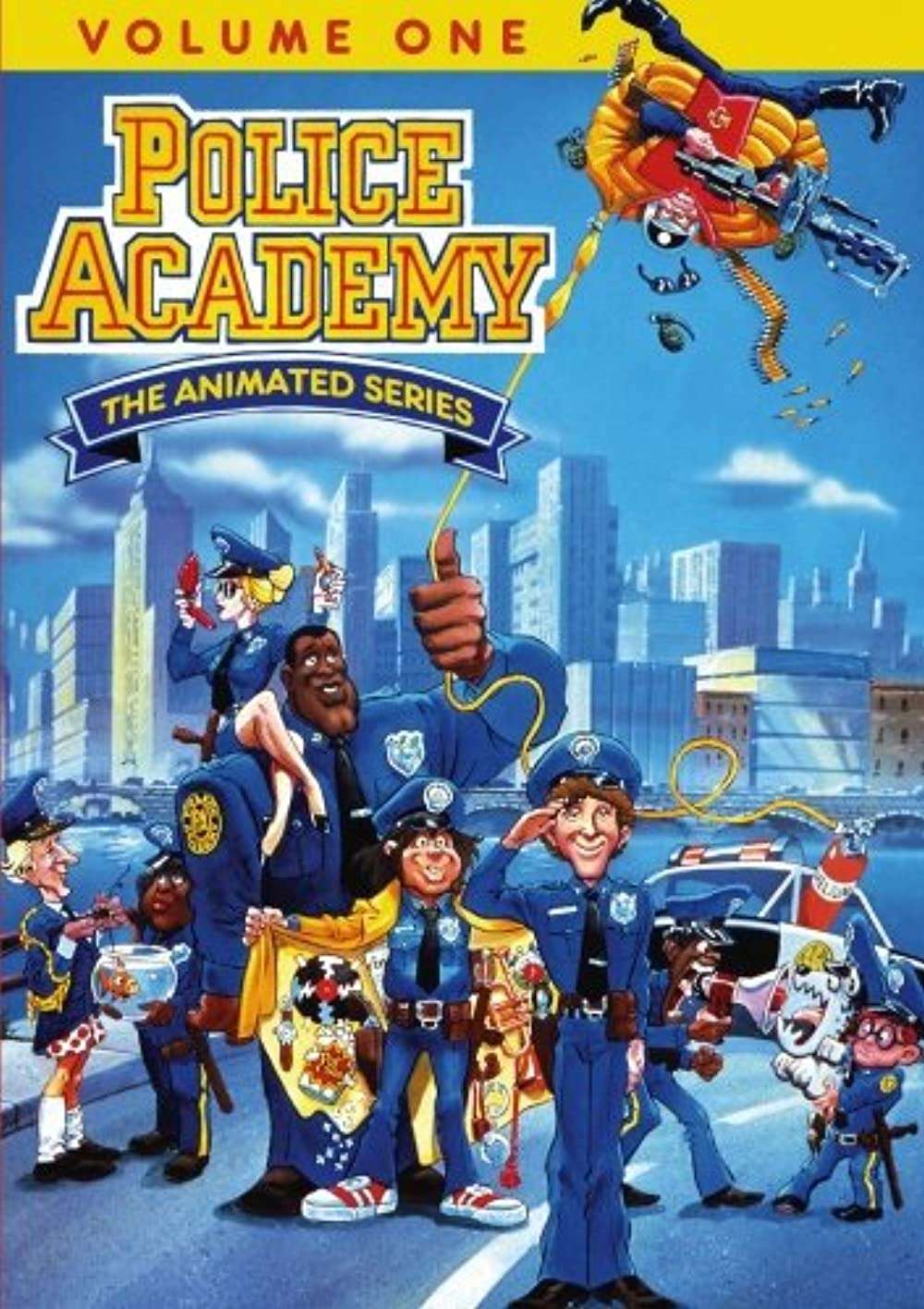
Between the fourth and fifth live-action films in the Police Academy anthology, the animated adventure of the fumbling and funny rookies takes place. Captain Harris is ordered back to the Academy when a bust goes wrong in the first episode.
He drags Jones, Hightower, Callahan, Zed, Sweetchuck, Tackleberry, Hooks, and of course Mahoney back with him. Mahoney and his protectors of law and disorder are joined by the loyal members of the K-9 Corps.
The dog cops include Samson, the bulldog leader, Lobo, the noble yet clumsy husky, Bonehead, the dimwitted giant St. Bernard, Chilipepper, the excitable Chihuahua, and Schitzy, the only female – a golden retriever permanently suffering an identity crisis.
These fellows were aided by a new character named The Professor, who invents these crazy and highly advanced gadgets. Together, the team would fight a new set of supervillains like the Claw, Numbskull,Mr. Sleaze, Amazona, and above all, the Kingpin, whose intelligence, girth and stature make him a parody of Marvel’s Kingpin.
Until they stopped paying attention to the storyline, Police Academy was one of the most popular film anthologies. Despite its popularity, the animated series is relatively unknown.
However, this does not imply that the show was poor. It starred Mahoney and Hightower, featured intriguing and tremendously powerful adversaries, and featured a dog unit that would appeal to both children and adults in the twenty-first century. The only snag appeared to be Michael Winslow’s absence as Larvell Jones.
Though the actor who played Larvell on the show, Greg Morton, did a good job, Michael had this incredible ability to duplicate just about any sound effect with his voice.
The heist stories might remind you of Scooby Doo episodes, but there are tonnes of differences between the two shows. So, do you remember watching this one? Well, if you ever liked the Police Academy films, we are more than sure that you’d love the animated series as well.
Beetlejuice (1989–1991)
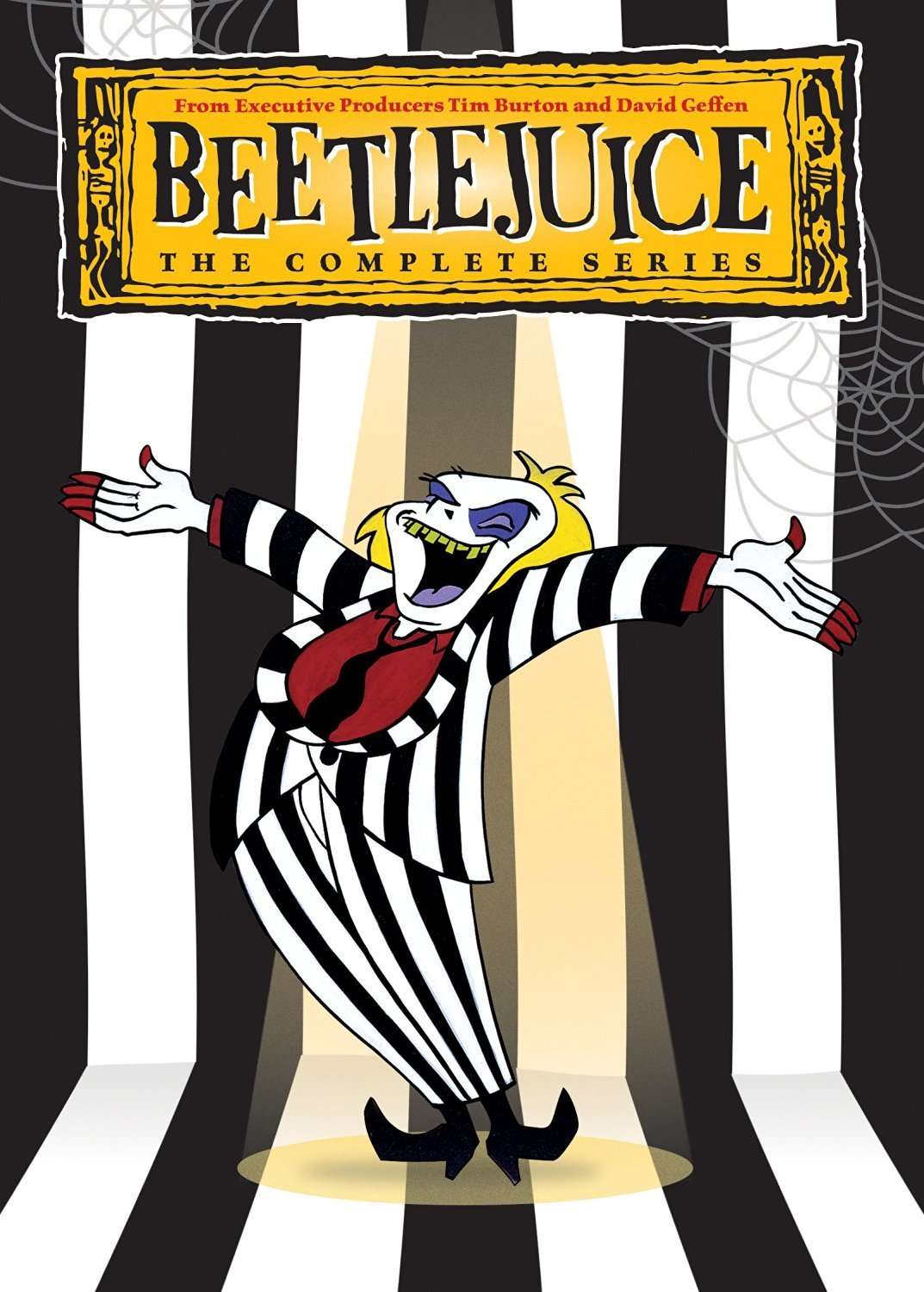
Beetlejuice, a 1988 ghost comedy film directed by Tim Burton, grossed more than $70 million worldwide. As a result, it’s no surprise that Beetlejuice got its own cartoon show the following year.
The cartoon series, like the film it was named for and inspired by, focused on a gloomy goth girl named Lydia and her titular ghost friend Beetlejuice. Of course, certain alterations were made to the content to make it more child-friendly.
In the film, Earth was referred to as Real World, but for the show, it was referred to as Peaceful Pines to avoid any confusion among youngsters. In the movie, Beetlejuice caused a whole lot of trouble toLydia Deetz and her horrible guardians Charles and Delia. However, the show portrayed Beetlejuice as a best friend to Lydia, and her parents were shown as less selfish and more accessible.
A spirit from Neitherworld, Beetlejuice was ‘the ghost with the most,’ a title that was picked up straight from the film. He had more powers than other ghosts and could shapeshift, teleport, and conjure objects.
An oversimplification of his character sketch would be to say that he was cynical and childish, as he often showed levels of maturity when frequently reciting quotes of philosophical and humanitarian importance.
But then again, he was made to look really silly and funny, probably to trigger a burst of laughter in the younger demographic. For instance, when asked to babysit little undead infants, he literally sits on them.
While Beetlejuice did his share of mischief, the creators were no less naughty and parodied famous titles like The Wizard of Oz. Could the episodes likeRobbin Juice Of Sherweird Forest, Wizard Of Ooze, Moby Richard, and It’s a Wonderful Afterlife be more direct parodies!
The Beetlejuice cow was milked dry by the executives because to the success of the 1988 film. When it first debuted on ABC, the series was a great hit, and it went on to become one of the first animated series to air on Fox Kids.
It was also one of the few shows in American television history to appear on two distinct networks at the same time. They did not, however, ruin the core of the source in their desire for profit. In reality, the film’s universe was expanded thanks to the cartoon.
Everyone had a nice time with Beetlejuice and Lydia’s misadventures, but the humour were a little dark and gruesome for a kids’ show. For instance, there’s a scene where Beetlejuice just plucks his eyes out, and another where he plays with worms in a gruesome fashion.
Nevertheless, at least he was not as much of a horn dog as he was in the film. The show effectively stands the test of time with its humor, tone, and setting. And let’s not forget the subtle lessons that Beetlejuice taught kids. Over a span of two and a half years and ninety-four episodes, many of us grew up watching this one, and yet today’s kids would love it if it aired on Saturday mornings.
The Karate Kid (1989)
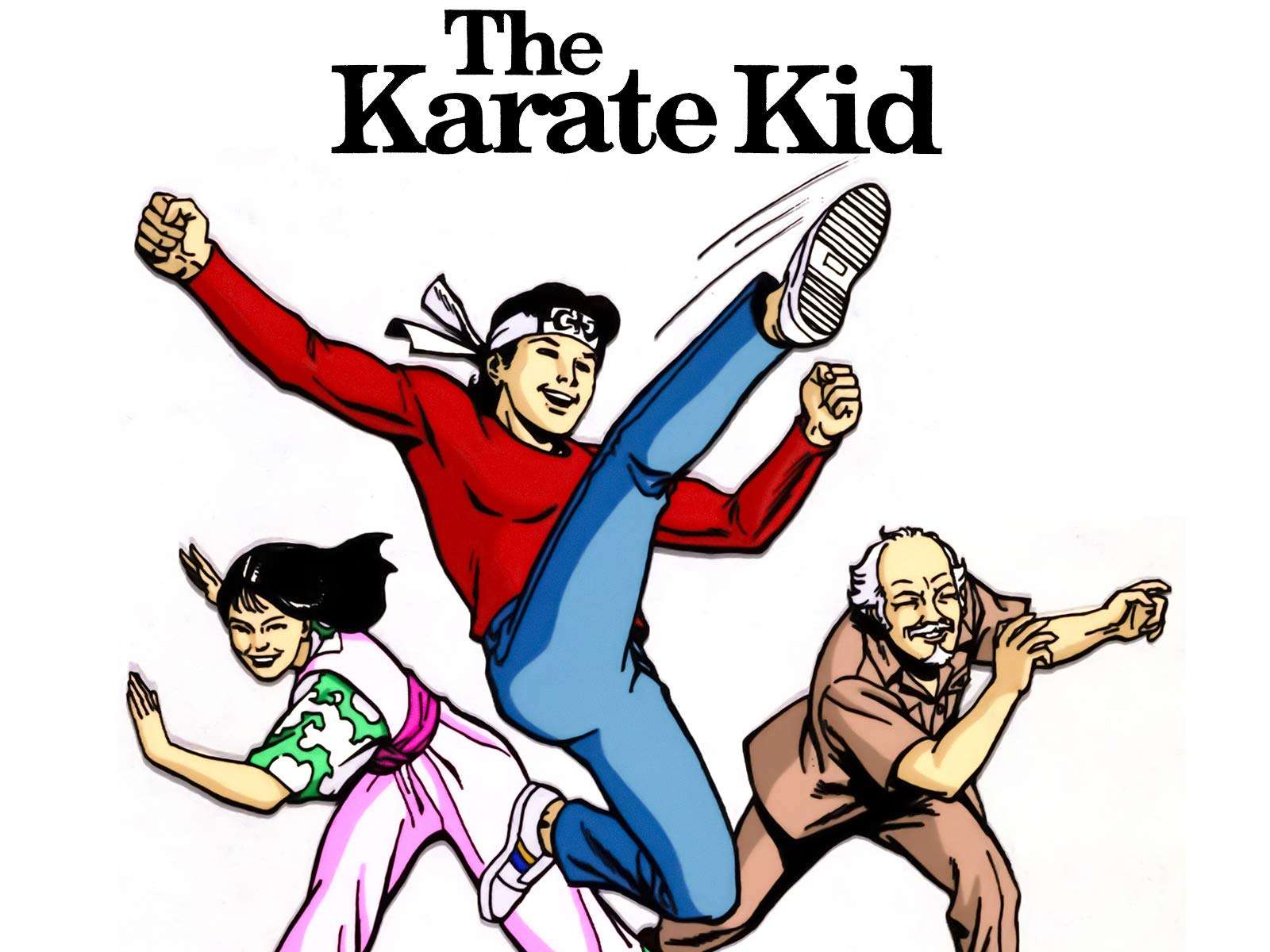
Just like the movie it is based on, the show focused onapprentice Daniel LaRusso and his mentor Keisuke Miyagi. However, instead of a tournament to train for, the series had an entirely different set of adventures and quests. The story revolved around a shrine that had mystical healing powers, which was stolen from its home on Okinawa, and it was Mr. Miyagi and Daniel’s responsibility to retrieve it.
Each episode would follow a similar pattern, with Mr. Miyagi receiving information about the shrine’s location. Following that lead, Daniel and a new character in the form of a native Okinawan girl named Taki will investigate.
Daniel and Taki would go on these journeys all across the world, encountering brutal gangs and criminals who had either gained or were attempting to obtain the shrine for their own evil goals.
Daniel would vanquish the bad guys with Taki’s help and would often come within an inch of reclaiming the shrine. But as the show must go on, the shrine would consistently escape from his grasp. The adventures took the trio to places like the Himalayas, London, Russia, Australia, Mexico, and of course, several parts of America.
In almost all the episodes, Mr. Miyagi wears the shoes of the mentor and teaches Daniel various lessons about life, as well as karate. For instance, in the 6th episode, named The Paper Hero, Daniel is reduced to near blindness because ofa sandstorm he was caught in, so Miyagi teaches him to use his other four senses to fight.
The Karate Kid animated series ran for thirteen episodes on NBC’s Saturday morning lineup and starred Joey Dedio, Robert Ito, and Janice Kawaye. Following the success of the 1984 film Karate Kid and its 1986 sequel, DIC Entertainment, Saban Entertainment, and Columbia Pictures Television released the animated Karate Kid in 1989 with the hopes of capitalising on the franchise’s success.
The show only aired from September through December 1989, making it easy to overlook. It is, however, nothing like the typical 1980s sitcoms. Despite the flat, grainy colours and repeated background views, the series maintained an engaging level of energy and flair.
A distinguishing feature of the show is that, except from adopting the characters’ names and relationships, it is largely unrelated to the movie. However, it was certainly not free from faults. The relationship between Mt. Miyagi and Daniel doesn’t feel as warm and affectionate as the movies, and it creates a little hurdle while watching the show because it’s human nature to compare.
Bill & Ted’s Excellent Adventures (1990–1991)
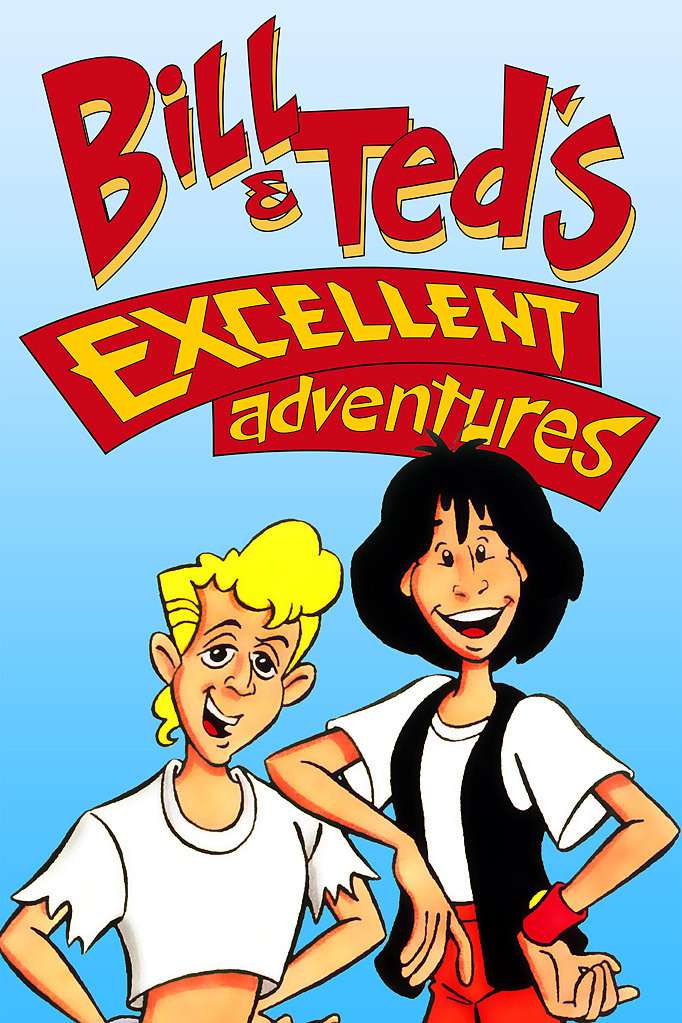
In 2020, Keanu Reeves and Alex Winter reprised their roles as the main characters in the Bill and Ted anthology. For those who are unfamiliar with the Bill and Ted storey, it all began with the 1989 film Bill & Ted’s Excellent Adventures, which was an instant hit with both audiences and reviewers.
They were just two bumbling students who happened to encounter Rufus, a man from the future. Rufus helped them graduate because apparently, the future was to be saved by the music of these two bumbling fools, or maybe we shouldn’t call them that.
The cartoon series follows their adventures as they use their time machine to go back in history and meet several important figures, from Mozart to Marco Polo. The formula for most of the episodes was more or less the same.
Bill and Ted would get into problems because they broke something they shouldn’t have, or because they were given an assignment they didn’t understand, or any number of other contrived stories.
Hanna Barbera produced the first season of the show, which aired on CBS in 1990. Ted Logan and Bill Sargent were played by Keanu Reeves and Alex Winter, respectively. Preston respectively, and George Carlin too came back as Rufus.
However, the second season was produced by DIC Animation City, and they replaced Reeves, Winter and Carlin with other voice actors. This move was the beginning of the end for this loveable animated series.
Some may arguethe best episode of the season is probably be the one named “A Most Excellent Roman Holiday,” in which Bill and Ted travel to Rome to obtain a certain translation. They outwit a couple of gladiators, compete in a chariot race, and unwittingly spark a fashion trend.
The event was a hit with both kids and adults since it allowed them to learn about history in an engaging audiovisual format. Isn’t this a new learning model that EdTech businesses are employing?
But, let’s face it: how many 10-year-olds watch a cartoon to learn about Mozart or Julius Ceaser? The other, and more likely, reason for the show’s success was its well-crafted storyline, humour, and, yes, excellent animation. It was, after all, a Hanna Barbera programme.
Back to the Future (1991–1993)
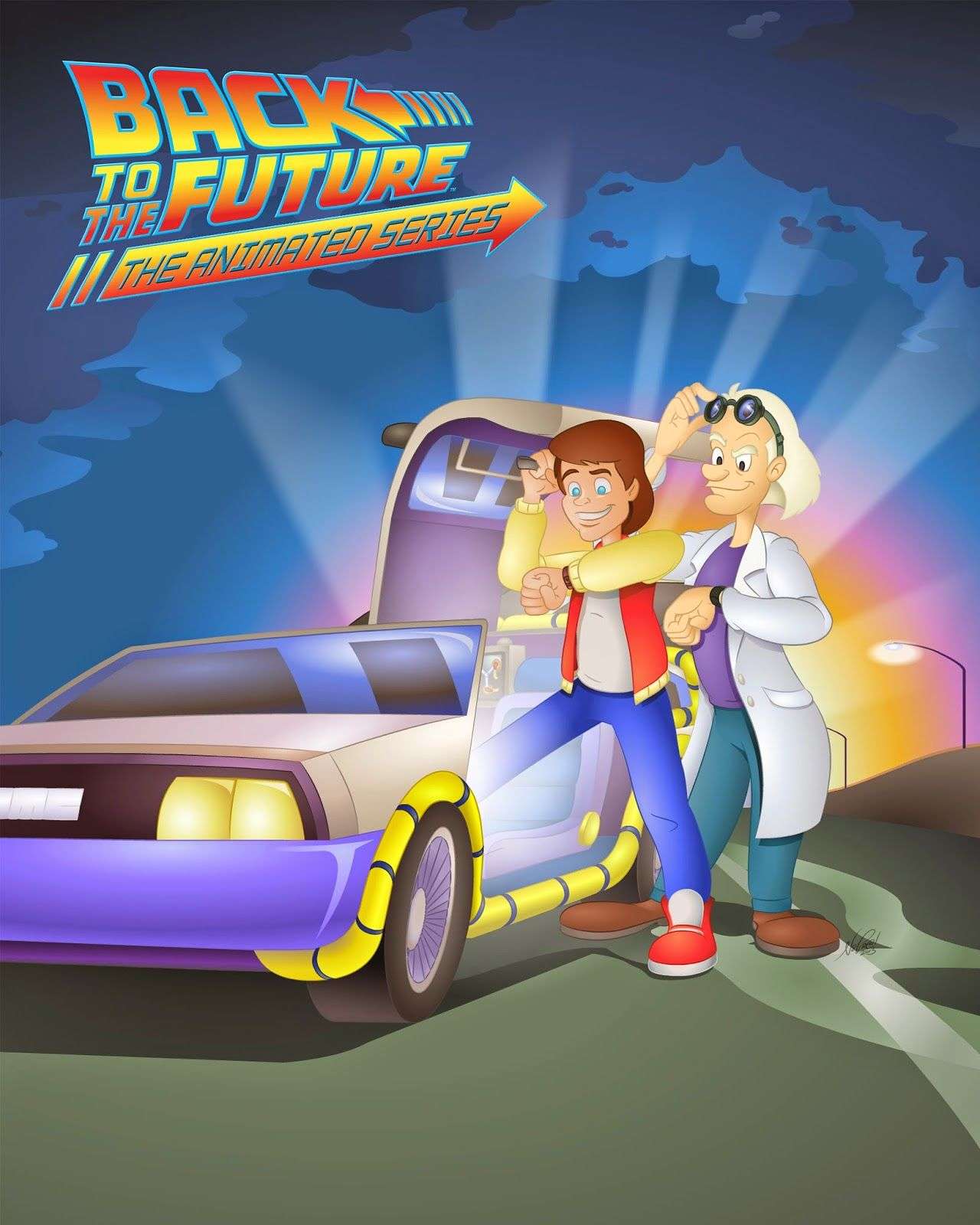
The Back to The Future trilogy is about the adventures of Marty, his girlfriend Jennifer Parker, and the eccentric scientist Dr.Emmett Brown who converted a DeLorean into a time machine. At the end of the third film, Dr. Brown flies into the sky and disappears in a new steam engine time machine.
The animated show serves as a sequel to this, and we see Brown livingon a farm in Hill Valley with his wife Clara, their sons Jules and Verne, and the family dog, Einstein. The DeLorean time machine was destroyed in the 1990 film, but Dr. Brown had seemingly rebuilt it in the show.
The new model had voice-activated time circuits that allowed it to travel to multiple places in time and space in an instant. It could also be folded into a tiny luggage. They may even travel through time in the steam engine time machine.
In contrast to the film, which concentrated on Marty’s family, the show focuses on the Browns. Marty, on the other hand, remains the major character and protagonist. Other characters like Jennifer and the film’s villain Biff Tannen also make appearances.
New characters such as the manyrelatives of McFly, Brown, and Tannengrace the show every now and then too. In contrast, the films focused on Hill Valley and the neighboring areas and didn’t delve deep into their character backgrounds or backstories.
Interestingly, at every episode’s end, Dr. Brown conducted an experiment that was in line was the episode’s plot. Did you know that every episode began and ended with a live-action segment? Another show that combined Live-action and animation was The Super Mario Bros. Super Show.
The Back to The Future trilogy was perfect in every sense of the word. Although many fans wanted a fourth film, Robert Zemeckis and Bob Gale chose to reach a middle ground and came up with an animated show that served as a sequel as well as focusing more on the Brown family, something that was never really explored in the films.
The show’s major flaw was still the way the characters were voiced. Christopher Lloyd, who played Dr. Brown in the live-action episodes, chose not to reprise his part in the animated series.
Michael J. Fox did not return to voice his character in the animated series. The scientist is played by Dan Castellaneta, who has previously worked on shows such as The Simpsons and Futurama. The target audience was improper, despite the fact that the show was well-written and animated.
Time travel’s multifaceted beauty would be lost on ten or twelve-year-olds. Even we adults failed to understand Christopher Nolan’s Interstellar after only one viewing. As a result, the Back to the Future Animated Series was a waste of time.
Ewoks (1985-1986)
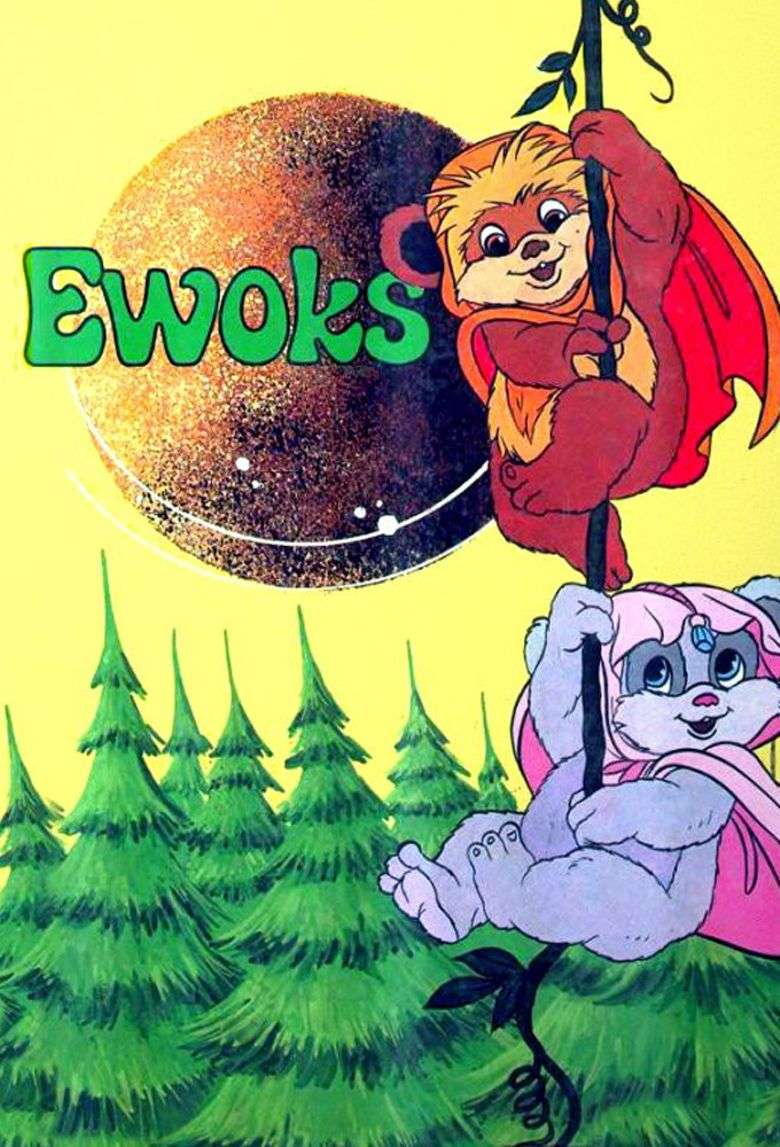
The Ewoks live in peace on the forest moon called Endor. But the peace-loving Ewoks who live on treetops find themselves in constant battle with their cousins, the Duloks, who inhabit Endor’s swamps. All is not as bad as it seems because Wicket, Kneesaa, Teebo, and their friendsfind that they are always learning lessons and having fun whilst caught up in their adventures.
The series centres on characters such as Wicket Wysteri Warrick, the youngest of the Warrick family, who is adamant about becoming a warrior despite his youth, to the point where he frequently gets himself into trouble. Willy Warrick is a big, fat, gluttonous Ewok but is unimaginably kind and helpful.
And then there’s Chief Chirpa and medicine man Logray, who lead the Ewoks. On the other hand, the villains include King Gorneesh and Queen Urga of the Duloks. The show is extremely rich with other brilliant creatures like The Jindas, who are a race of canid aliens, and an animal eating demonic tree called the Raich, amongst many others.
In the first episode, a drought strikes the forest and Morag uses it to get his revenge on Chief Chirpa. He forces Izrina, Queen of the Wisties, to start a forest fire. The episode taught the kids about the dangers of forest fires, and there’s genuine suspense as a blaze approaches the village.
With lovely colours and tree-lined backgrounds, the play was absolutely stunning. While some episodes have a lot of plot and intrigue, others are drab and monotonous. The more outstanding episodes, such as the first and second, were written by animation icon Paul Dini, who worked on “Batman: The Animated Series.”
Bob Carrau’s episodes, on the other hand, feel weak and empty. The animated show is set before the events of the original Star Wars film and Caravan of Courage. After the series ended, The penultimate episode, “Battle for the Sunstar,” was aired as the season finale. It seeks to build a link between the show and Return of The Jedi.
Highlander: The Animated Series (1994–1996)
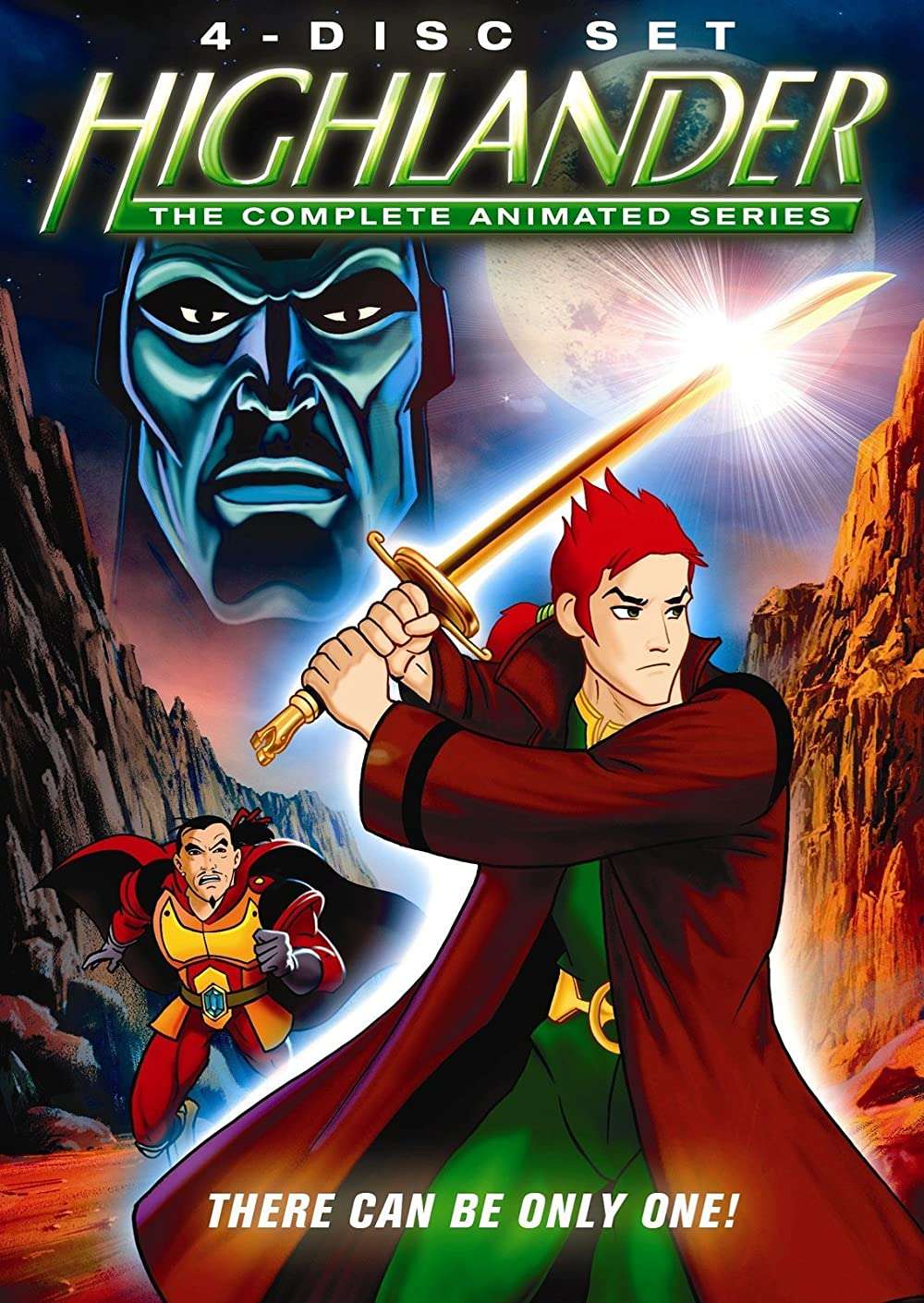
When a meteorite collides with Earth, it triggers a chain of nuclear reactions that nearly wipes civilization out. The immortal highlanders are the only ones who have survived this disaster. They call themselves Jettators and pledge to stop fighting for TheEternal Prize and vow to save humanity.
However, one of the immortals named Kortan still seeks the Prize and wishes to dominate Earth. Though a prophecy foretells the birth of one Last Highlander who will vanquish Kortan and liberate the globe from his tyrannical tyranny, he succeeds.
Highlander: The Animated Series is a loose sequel to the 1986 film Highlander. This series excelled in terms of action, combining non-lethal combat techniques such as martial arts and swordplay.
The visuals were vivid and fascinating, but the plot was disjointed, resulting in confusion. What we’re trying to imply is that if you view this episode as a stand-alone piece of work, you’ll be pleasantly surprised. Much likeConan The Barbarian, the Highlander characters were created for an adult audience, or at least college kids.
However, the extreme cartoon creators of the 90s saw it fit to bring these stories into the animated world and attempt to make them suitable for kids. This experiment didn’t always prove successful because if you remove the basic features of gritty and dark literature to make it morally and politically correct, then you’re doing something absolutely criminal.
